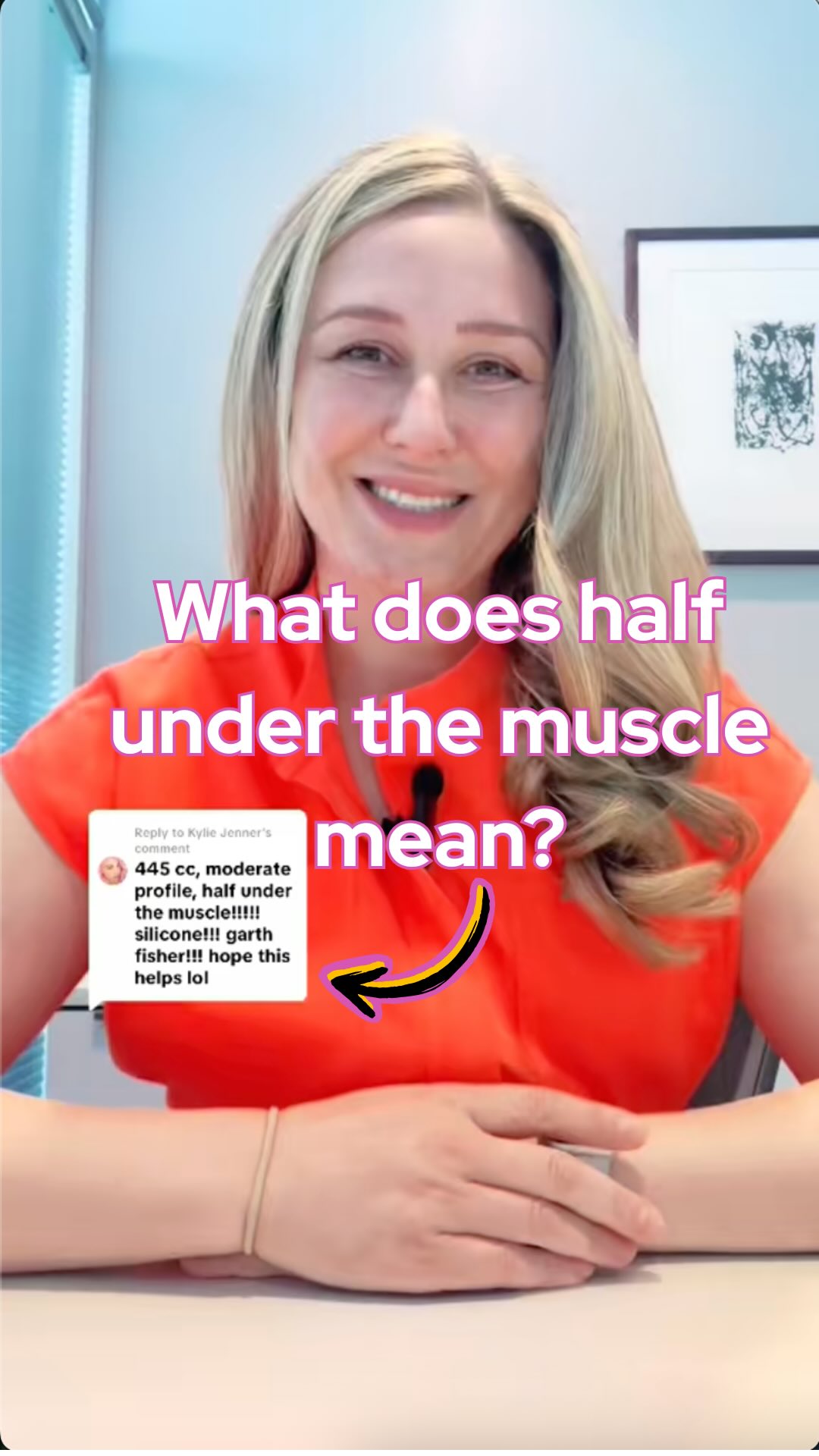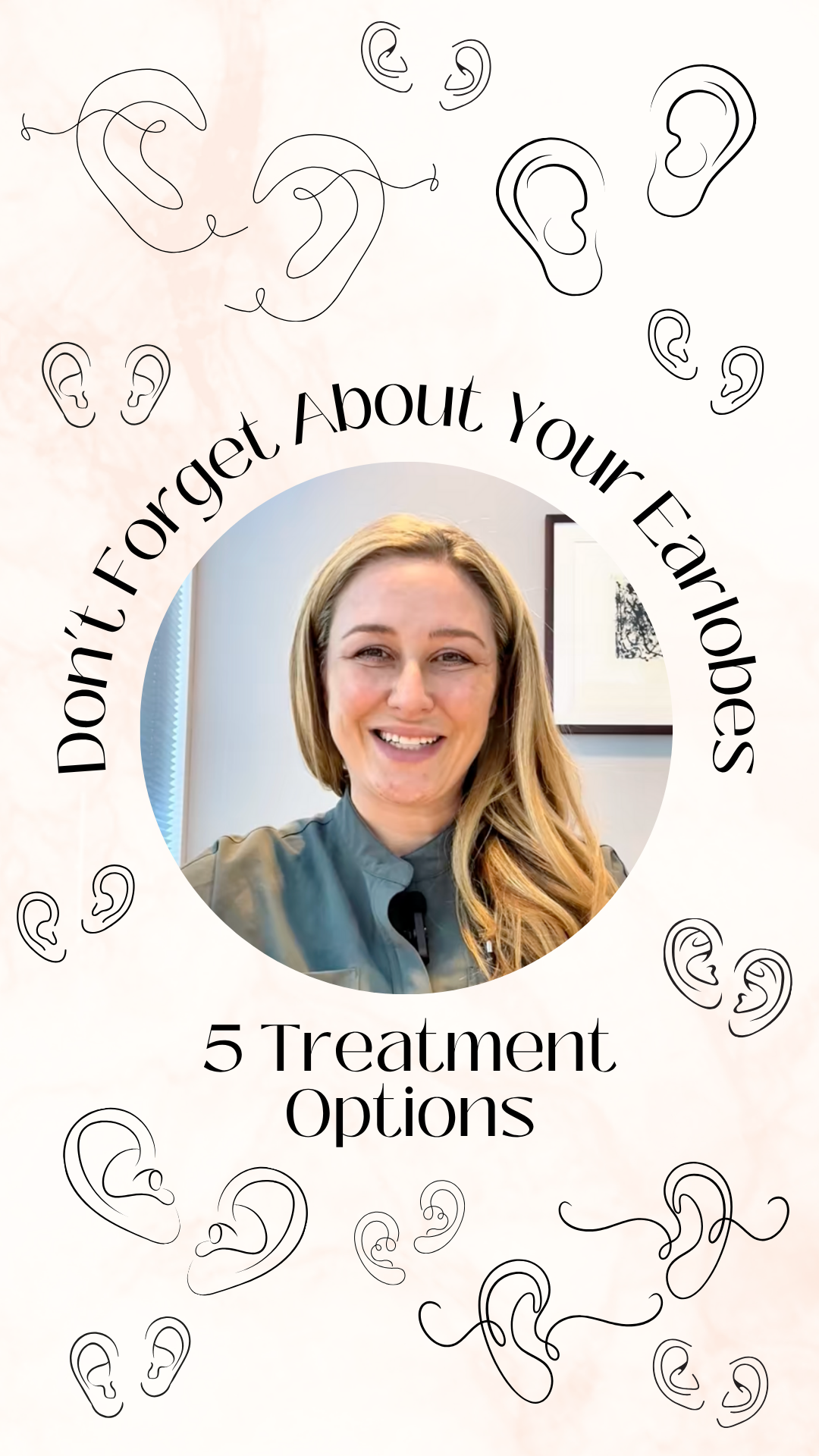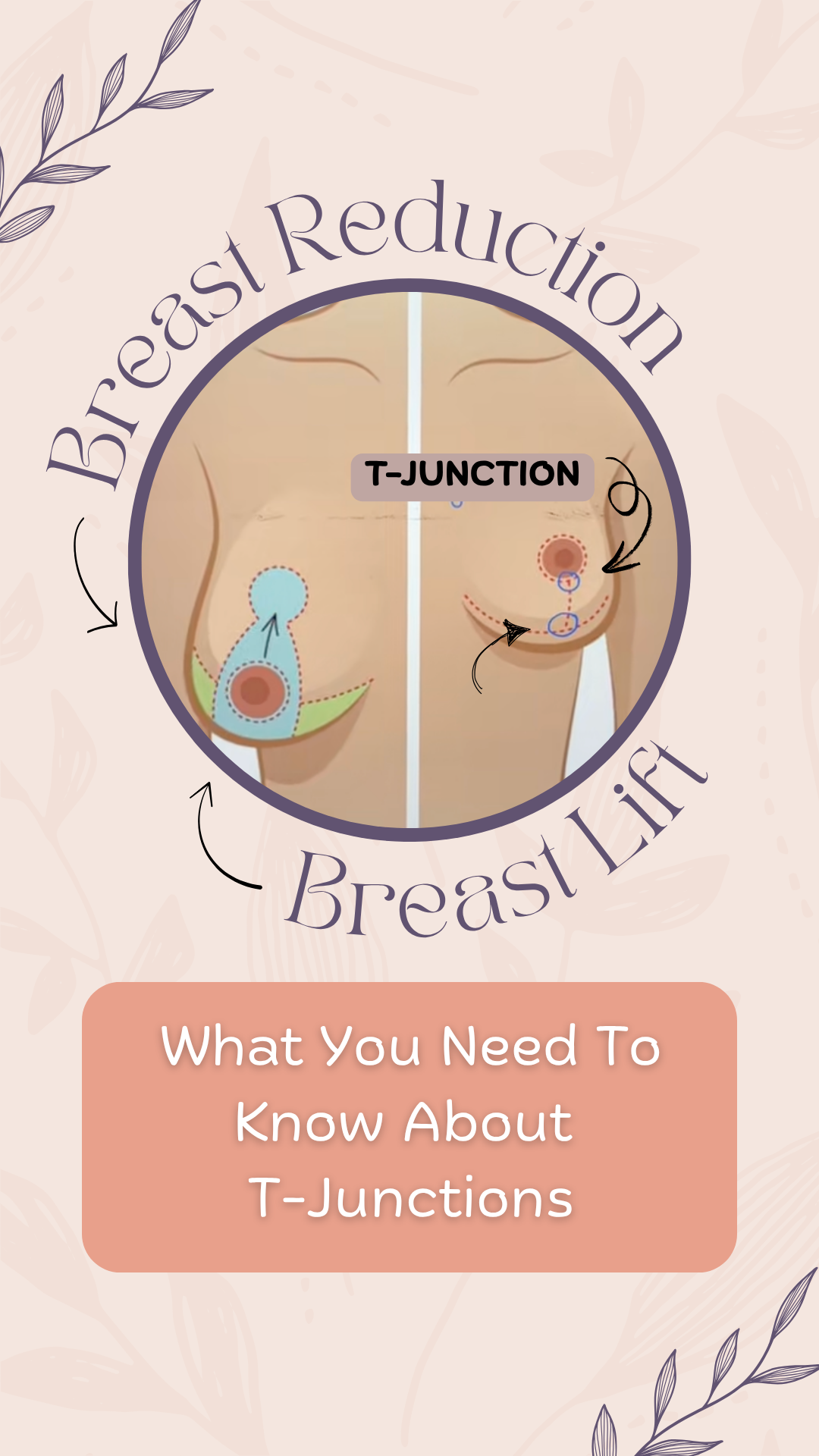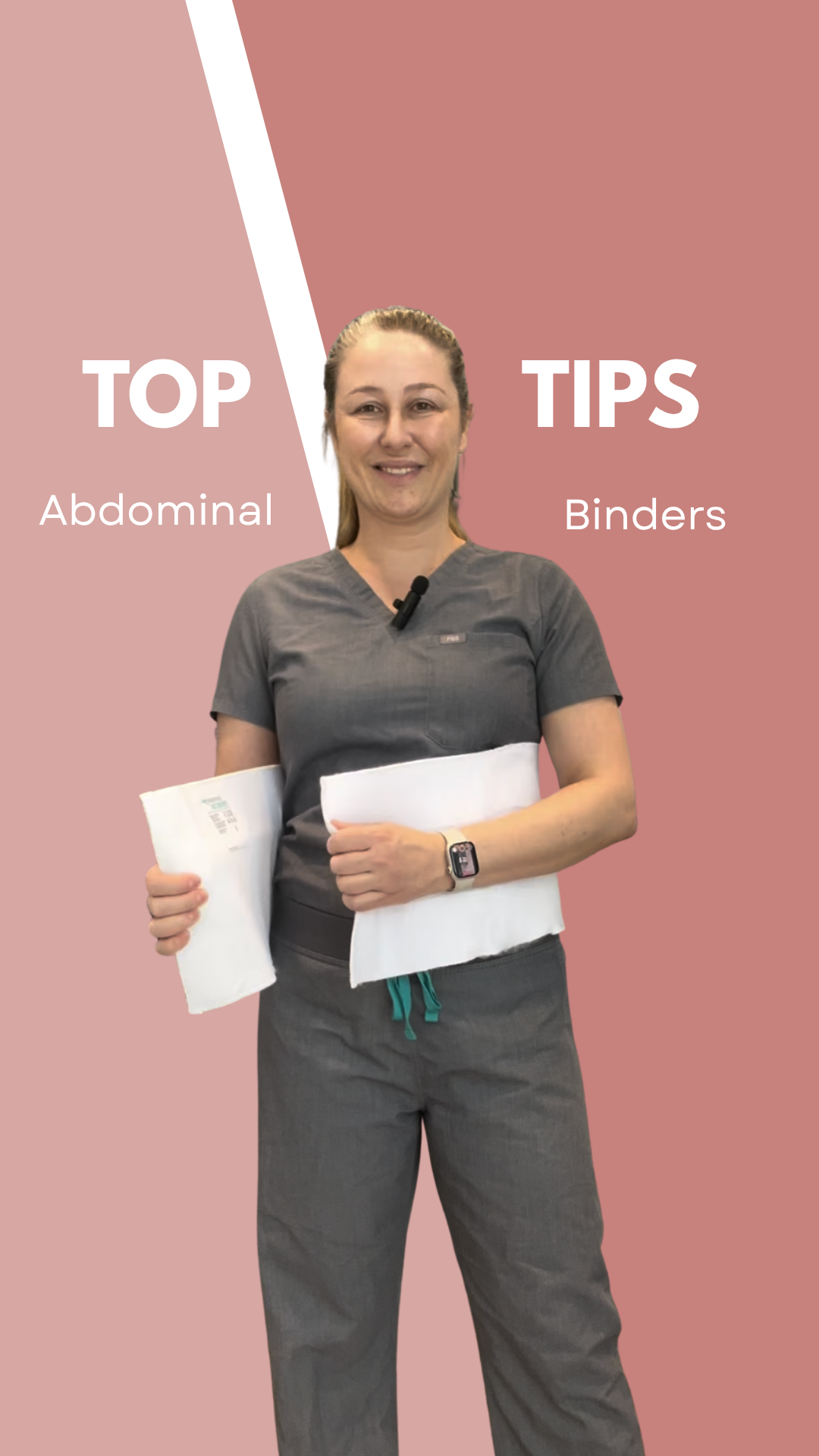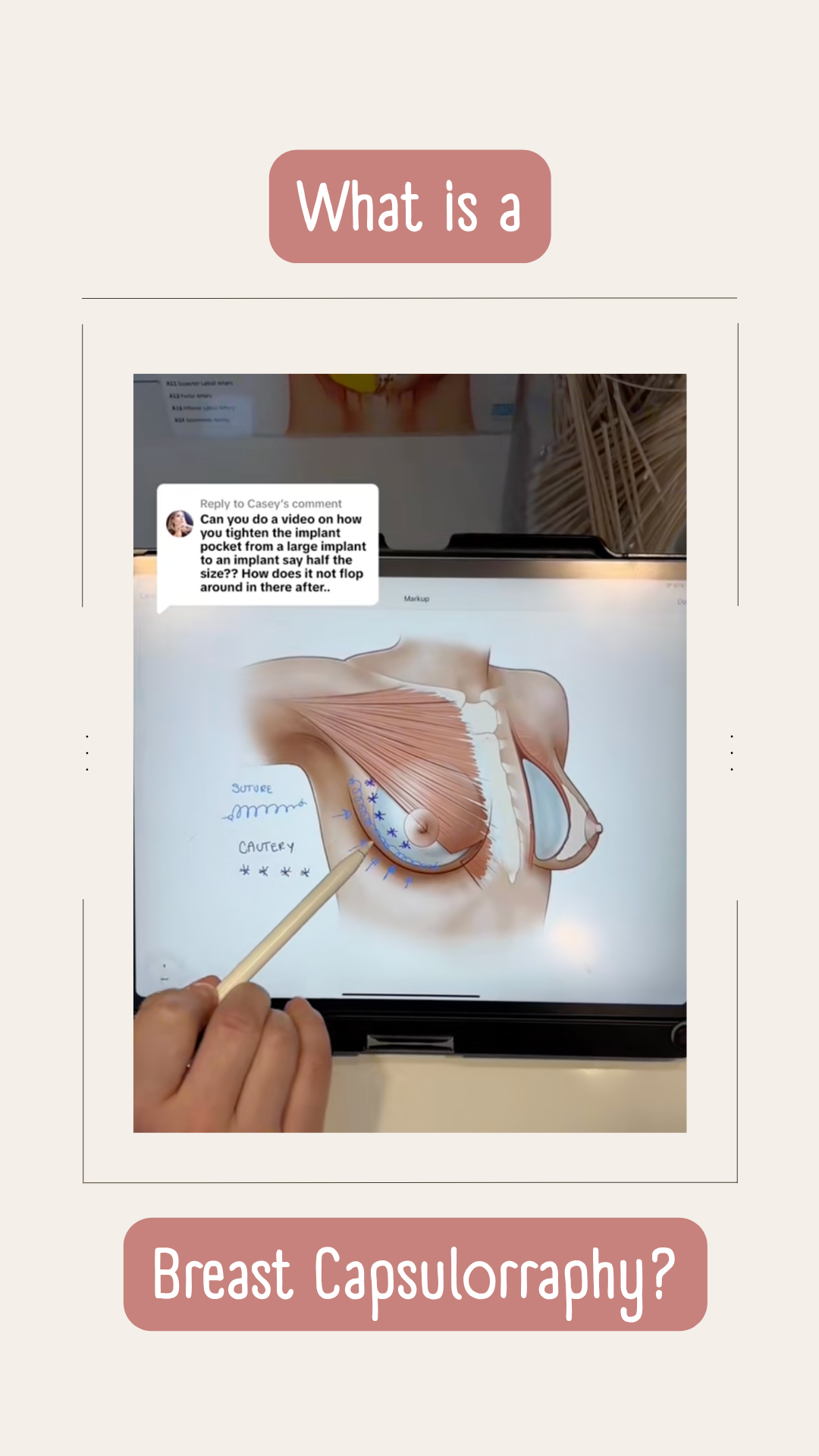Breast Lift
A breast lift (mastopexy) is a surgical procedure that raises and reshapes sagging breasts by removing excess skin and restoring youthful contour and position.

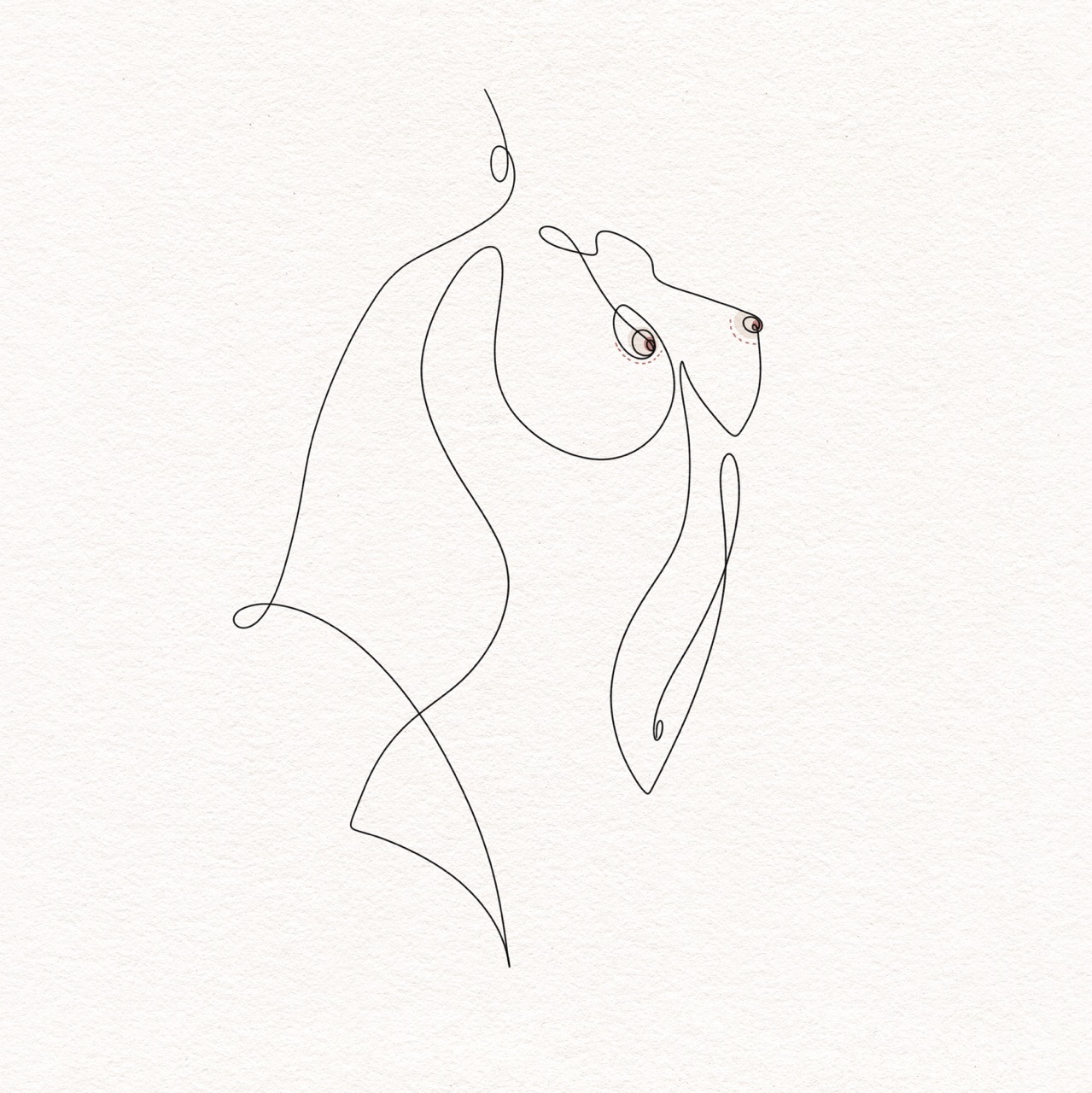
A breast lift, or mastopexy, is a surgical procedure that raises, reshapes, and repositions the breasts to sit higher on the chest wall.
Factors like aging, gravity, pregnancy, breastfeeding, weight fluctuations, and genetics can cause the breast tissue and skin to stretch and sag. A lift surgically removes excess skin and reshapes the internal tissue to restore a firmer, perkier, and more youthful contour.
Whether performed alone or in combination with a breast augmentation or breast reduction, a breast lift can dramatically improve both breast shape and overall body proportions.
What you need to know
Every procedure and treatment we offer is thoughtfully designed to meet your unique goals, lifestyle, and anatomy. Below, you’ll find key details about what to expect—from how the procedure works to recovery guidance and ideal candidacy—so you can feel informed, confident, and empowered at every step of your journey.
Surgery Length: 3–5 hours
Anesthesia: General anesthesia
Setting: Outpatient (unless combined with procedures requiring overnight stay)
Drains: Typically not required
Incision Pattern: Around the areola, vertically down from the areola, and along the lower breast crease
Recovery Time: 2–4 weeks for light activities
Restores roundness, youthfulness, and firmness
Removes stretched, sagging skin
Repositions the nipple to a more youthful location
Enhances breast symmetry and balance
Improves bra fit and comfort
Gives the torso a longer, leaner appearance
You may be a good candidate for a breast lift if you:
Have sagging, deflated, or pendulous breasts
Have enlarged or downward-pointing nipples or areolas
Have breast asymmetry
Are in overall good health
Do not smoke or are willing to stop
Have realistic expectations about what surgery can and cannot achieve

An overview of the procedure

"She is "my" plastic surgeon of choice and I will go the distance with ONLY her. She truly understands what women are looking to achieve and will be with you every step of the way. She is approachable, hands on, and is only satisfied with the BEST possible result for her patients. Need I say more?"
“I recently underwent a submentoplasty procedure performed by the incredibly talented plastic surgeon, Dr Aimé. My decision to have submentoplasty was not taken lightly and Dr Aimé made sure to thoroughly explain the entire procedure to me during our consultation.”
Frequently Asked Questions
We’ve gathered answers to some of the most common questions our patients ask about this procedure. Whether you’re just starting your research or preparing for surgery, this section is here to help you feel informed and confident every step of the way.
The anchor scar, which is also medically known as an "inverted-T" or "Wise pattern" incision, is characterized by its shape, which resembles an anchor or an inverted letter "T." It is one of the traditional incision patterns used in breast reduction and breast lift surgeries. The incision typically consists of three components: a vertical incision that runs from the bottom of the areola to the crease under the breast, a horizontal incision along the inframammary crease, and a circular incision around the areola (periareolar incision).The anchor scar allows for significant reshaping and lifting of the breast, making it suitable for cases where there is a substantial amount of excess breast tissue and sagging.
The lollipop scar, as the name suggests, resembles a lollipop, with a vertical incision and a circular (periareolar) incision around the areola. The lollipop scar lacks the horizontal incision along the inframammary crease because skin and breast tissue are not removed in this area. While less incisions and scars can be desirable, the trade off is that it makes shortening an elongated breast very difficult.
Dr. Aime generally performs breast lifts and breast reductions with an anchor scar so that the breast can be optimally shaped horizontally and vertically.
Although similar in surgical technique, these two procedures differ in their purpose. A breast lift (mastopexy) is performed to address sagging or drooping breasts. It aims to lift and reshape the breasts by repositioning the existing breast tissue and removing excess skin and a small amount of breast tissue. A mastopexy does not significantly change the size of the breasts; its primary goal is to restore a more youthful and perkier breast profile.
Whereas a breast reduction is a procedure focused on reducing the size of the breasts. It is primarily chosen by women who have excessively large and heavy breasts that may cause physical discomfort, such as back, neck, or shoulder pain, as well as posture problems. While breast reduction can also lift the breasts, it places a greater emphasis on decreasing breast volume and weight.
An "auto-augmentation" breast lift is a specialized technique in breast surgery that combines a breast lift (mastopexy) with a unique approach to utilize breast tissue that would normally be removed and discarded. This is typically desired when a patient wants to lose as little breast volume as possible from their breast lift surgery and does not want a breast implant. In some cases, patients may choose to stage this procedure following fat grafting to the breasts to increase breast volume, which is then conserved and repositioned using the auto-augmentation technique to achieve fuller, more ideally shaped breasts that are natural.
Possibly. While a breast lift (mastopexy) provides long-lasting results, no procedure can stop the natural aging process, gravity, or the effects of weight fluctuations and hormonal changes. Over time, your breasts may gradually sag again due to these factors—even after surgery.
The longevity of your results depends on a variety of things, including:
- Skin quality and elasticity
- Age and genetics
- Weight stability over time
- Whether you become pregnant or breastfeed after surgery
- If breast implants are present which can weigh down the tissue
- Lifestyle habits (e.g., smoking, which weakens skin support)
Many patients enjoy the results of their breast lift for 10 years or more, especially when they maintain a healthy, stable weight and follow good skin and bra support practices. However, some individuals may choose to undergo a secondary breast lift later in life if changes in breast shape or skin laxity occur again and become bothersome.
Dr. Aimé designs every lift with a focus on durable outcomes, tailoring the technique to your anatomy and tissue quality to help maintain long-term breast shape.
Yes, although it is uncommon, suspicious or even cancerous lesions can sometimes be found in the small amount of breast tissue removed during a breast lift (mastopexy). While the primary purpose of a breast lift is cosmetic—to reshape and raise sagging breasts—any excised tissue is still biologically active and can potentially contain abnormal cells.
Because of this, Dr. Aimé routinely sends all breast tissue removed during surgery to pathology for microscopic evaluation. This is a proactive safety measure, even if your medical history and imaging are normal. In rare cases, this step has led to the early detection of conditions such as ductal carcinoma in situ (DCIS), atypical hyperplasia, or other precancerous changes.
Although these findings are rare, identifying them early can be critical to your long-term health and may influence future surveillance, imaging, or treatment. Sending the tissue for evaluation is a small step that adds an important layer of safety to your procedure.
Note: A breast lift is not a substitute for regular screening. Patients over 40 or with significant risk factors should still undergo routine mammograms as recommended.
Ready to start your transformation?
Whether you’re just beginning to explore your options or have specific goals in mind, we’re here to guide you with expertise and compassion.

Read more articles

Fat Transfer to Breasts
Fat transfer breast augmentation enhances breast size and shape by using your own fat, harvested from other areas of your body, for a soft, natural result.

Breast Revision
Breast revision surgery addresses complications or aesthetic concerns from previous breast procedures, offering improved shape, symmetry, and satisfaction.

Breast Reduction
Experience relief from discomfort and feel confident in your body with breast reduction surgery in Scottsdale, performed by Dr. Victoria Aimé.

Breast Augmentation
Enhance your confidence and curves with breast augmentation using saline or silicone implants. Personalized, long-lasting results tailored to your aesthetic goals.








